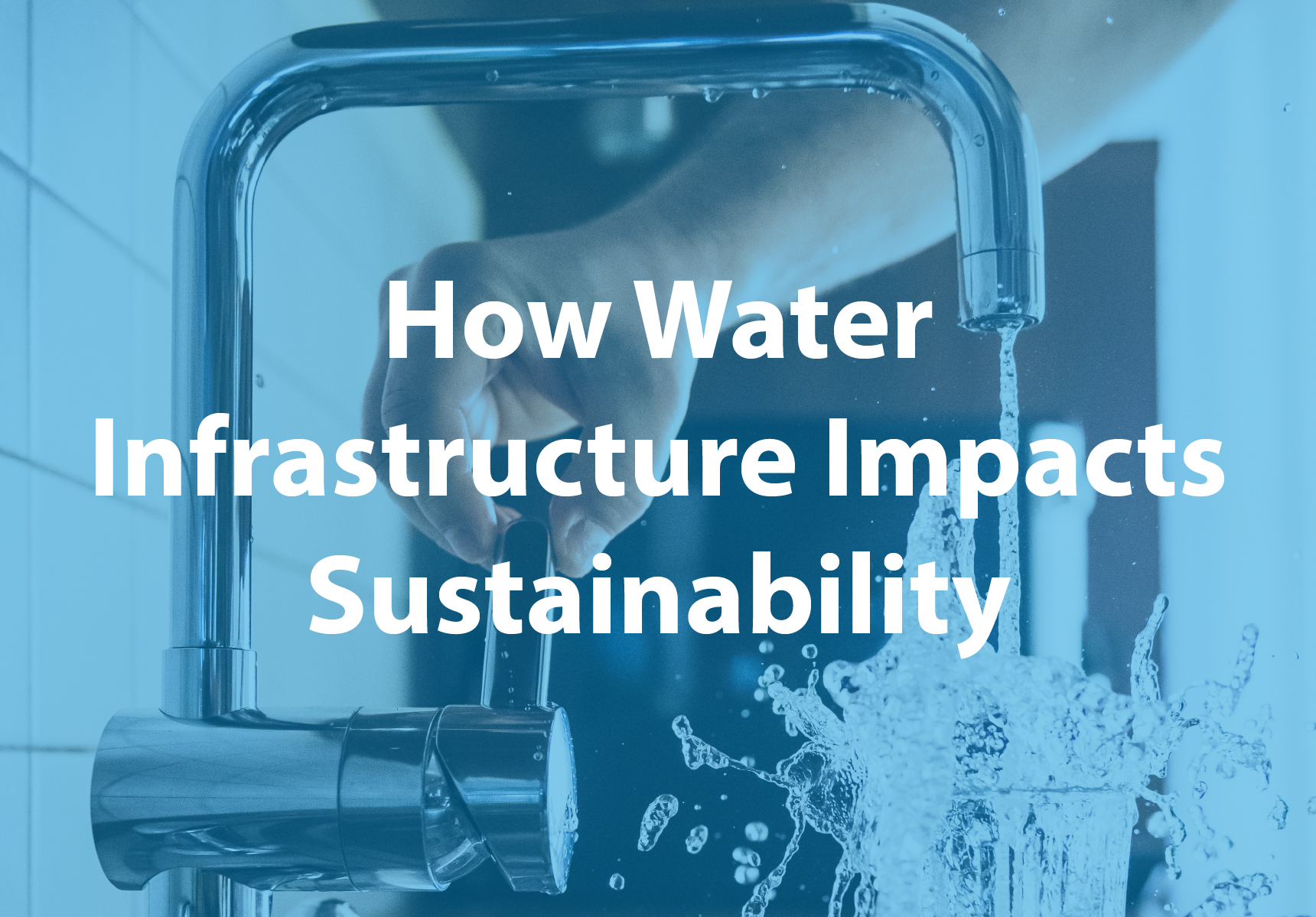
This World Water Day, We’re Replacing Our Pipes in the Name of Sustainability
At the Vinyl Sustainability Council, each year we observe the United Nations’ World Water Day, which highlights the importance of fresh water. This year’s campaign is focused on water and climate change, how by using water more efficiently, we will reduce greenhouse gases. While you may think of the obvious ways water and climate change are linked, like more flooding, droughts, and overall water scarcity, here at VI we also consider another way water loss impacts our world and how we can solve it—water infrastructure.
Each year, an estimated two trillion gallons of drinking water is wasted thanks to water main breaks—this amount of water could satisfy the drinking water needs of every man, woman, and child on earth for a year! Water main breaks are a major issue in the U.S., and one of the main reasons is because our water infrastructure was laid in the early to mid-20th century and is now well past its lifespan.
An Arlington main break pipe that was affected was at least 65 years old, and based on the photos and on the history of water infrastructure in the area, it couldn’t have been PVC. According to a study completed by a Utah State University professor, in 2018, PVC pipe had the lowest break rate of all pipes surveyed—only 2.3 percent, which was also a 10 percent decrease in breaks since 2012. On the other hand, more than half of America’s water infrastructure is comprised of ductile iron and cast iron, with cast iron leading the break rate, but pipes continue to be replaced with these materials.
This World Water Day, we’re advocating for the replacement of America’s water infrastructure. According to the American Society of Civil Engineers’ water infrastructure report card, a vast majority of pipe in the United States needs to be replaced. If replaced with new materials, that weren’t available when our water infrastructure was first built, we should see a dramatic decrease of water main breaks, water lost, and will enhance our sustainability along the way. To read more about America’s water infrastructure, click here.
To learn more about the benefits of PVC piping, click here.

